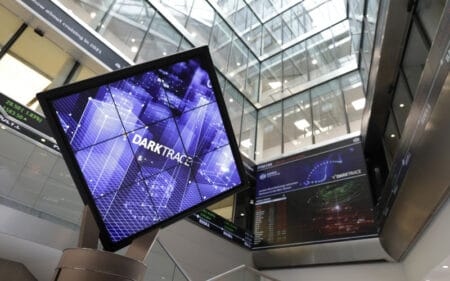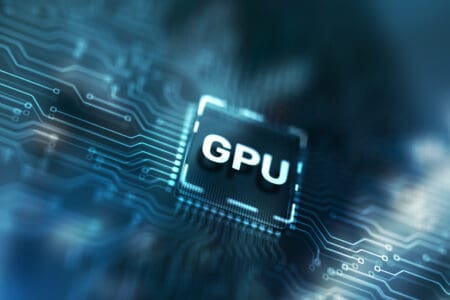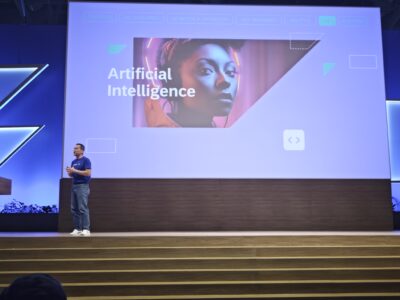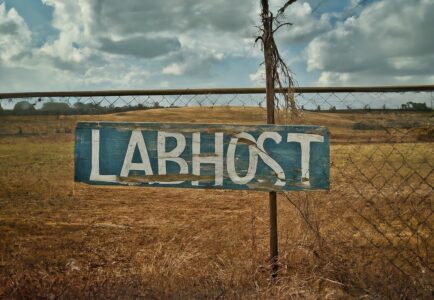Gartner thinks that graph technology, which is emerging from the database market, could be the thing that finally helps us figure out all of the AI we have applied to understand the world we are creating.
The IT analysis firm said that graph processing is no longer relegated to the last position on the shopping list of innovative database trends and will grow 100% annually, all the way to 2023.
Graph databases are being applied to understand network relationships that exist in scenarios like ownership in companies and social media.
The applications continue
Pieter den Hamer, the senior research director at Gartner, says that the applications go further than network relationships. He spoke at the Gartner Data & Analytics Summit, explaining that graph technology will underpin a new trend of composite AI.
Hamer said that it is one of the biggest trends the analysis firm is seeing in AI. That is what’s led to the thinking that it will lead to composite AI, which is about the concept that graphs can provide common ground for the composition of new AI techniques that exceed data-driven/dependent machine learning.
How it works
Graph databases store things in a node (like a company or a person) and then describes that relationship to other nodes using an edge that accepts a variety of parameters to be added. It’s not just data scientists and data engineers using them. They are also used in data science processes to figure out ontology and enhance data integration.
Feature engineering, a complex process that tries to figure out what in a dataset is important, will also use graphs. They can even form the basis for new types of neural networks, to explain AI output and reveal the business rules governing data.



















